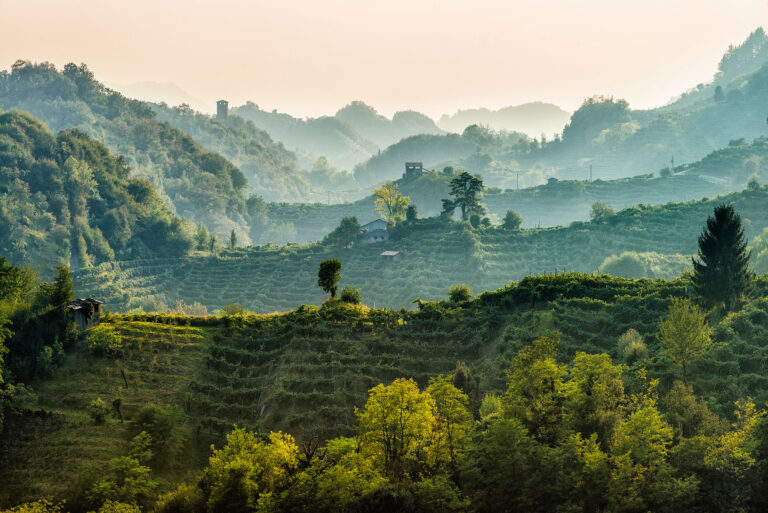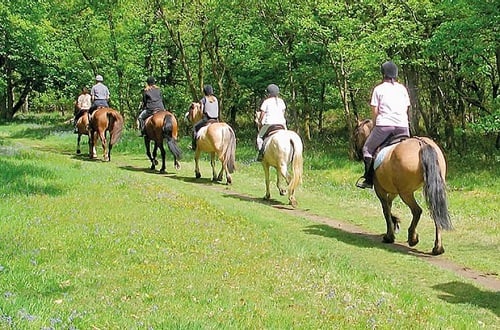Asolo, the city of a hundred horizons
The “city of a hundred horizons” (as Giosuè Carducci defined Asolo) rises on the southern slopes of the Asolo Hills, between the Pre-Alps and the fertile Marca Trevigiana. The multiplication of horizons derives precisely from the continuous overlapping of the hilly profiles, in a seemingly endless crescendo for those looking to the north. After all, this landscape, characterized by enchanting expanses of olive trees, woods, rows of cypresses and vineyard terraces, has made Asolo a popular resort for centuries, even beyond national borders. The itinerary in the center is a progressive immersion in the peaceful charm that distinguishes one of the “most beautiful villages in Italy”. An almost obligatory starting point is the ancient Piazza Maggiore, today Piazza Garibaldi, to be reached by walking along the “foresti” that go up the slopes of the hill. This first panoramic location immediately provides a vivid image of the role played by the city under the rule of the Serenissima of Venice and especially at the end of the fifteenth century, when it housed the court of Caterina Cornaro, queen of Cyprus in exile. In the center, on the sixteenth-century fountain still fed by the Roman aqueduct, stands the winged lion of San Marco. Going down a staircase you reach the Cathedral built on a Roman thermal building and then rebuilt in the eighteenth century. The facade looks Romanesque but was completed at the end of the nineteenth century, while a Renaissance porch is preserved on the side. The greatest treasures, however, are inside the temple: above all the Altarpiece of the Assumption by Lorenzo Lotto and a painting of a similar subject by Jacopo Bassano. The main altar in Carrara marble is the work of a certain Pasino Canova, grandfather of the much more famous Antonio. Also noteworthy is the Loggia del Capitano (at the corner with Via Regina Cornaro) covered with sixteenth-century frescoes, tombstones and coats of arms. The building is home to the Civic Museum which includes the Cathedral Treasury, an archaeological section and an interesting collection of works of art (Bernardo Strozzi, Canova, Luca Giordano). Beautiful Gothic and Renaissance houses accompany the walk on via Browning (dedicated to the great English poet who composed the verses of “Asolando” here) and on via Cornaro. The latter leads to the surviving structures of the Queen’s Castle, partially demolished in the nineteenth century. The clock tower, the “severed tower” and the audience hall in which Eleonora Duse (which became the Duse Theater) acted remain standing. Part of the garden has been absorbed by Villa Beach, the residence of Robert Browning. The most evocative part of the center is enclosed between Piazza del Mercato, via Dante and Piazza D’Annunzio, where the eighteenth-century Palazzo Beltramini stands, now the Town Hall. The historic core ends at the top with the medieval Porta del Colmairon, after which a stepped path climbs to the suggestive polygonal fortress, with towers and crenellated walls. From the terraces you can enjoy a wonderful view of the hills of the Pre-Alps and the plain below. Furthermore, from Asolo, two short trips allow you to reach Maser (10km to the east) with the splendid Villa Barbaro designed by Palladio and decorated by Veronese and Vittoria, and the Tempio del Canova in Possagno (9km to the north-west).
article taken from http://www.cercaturismo.it
related item: Asolo




